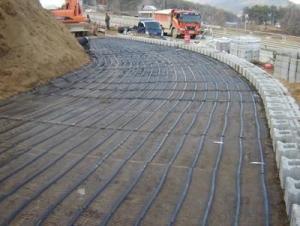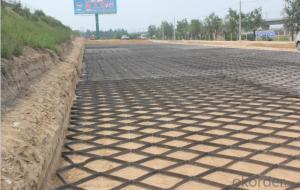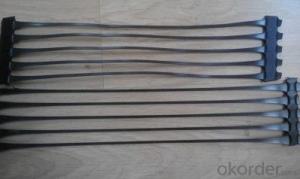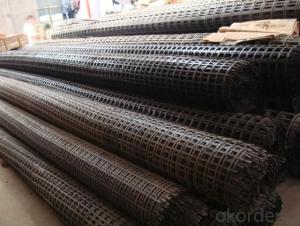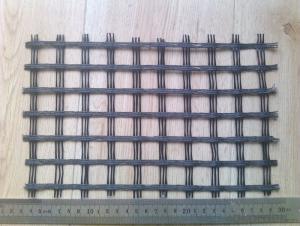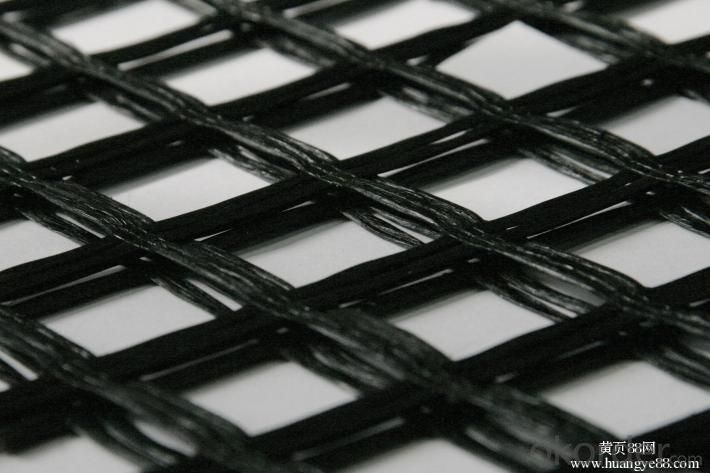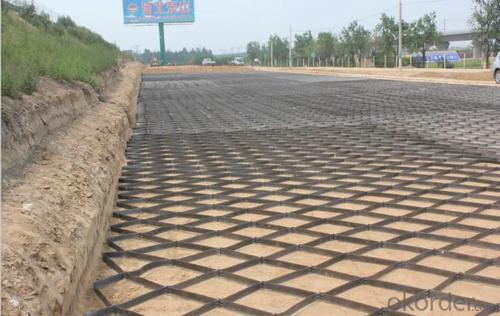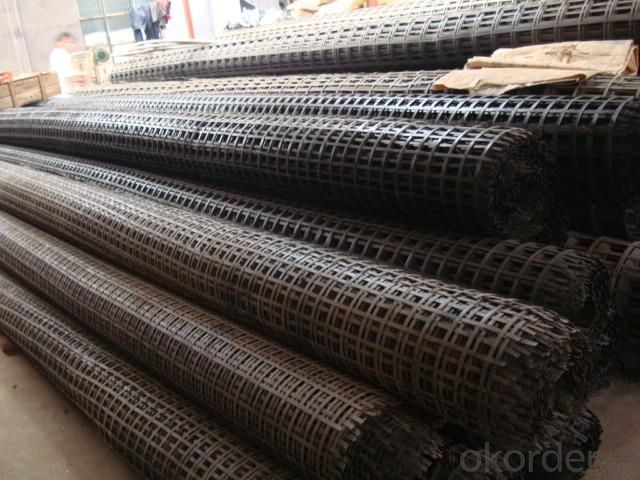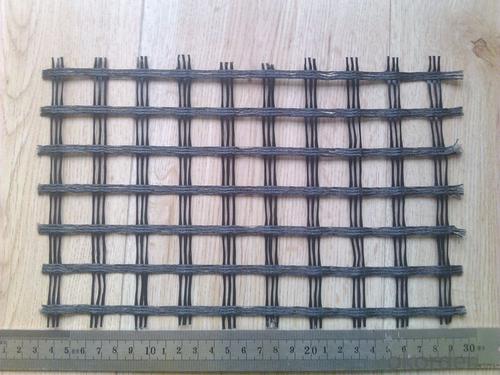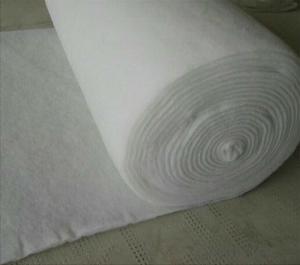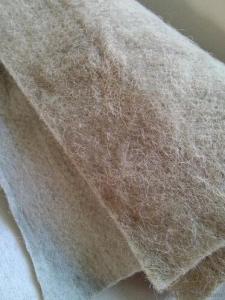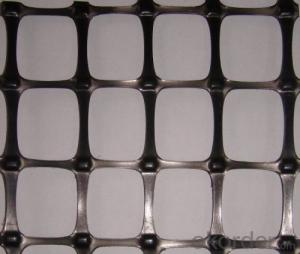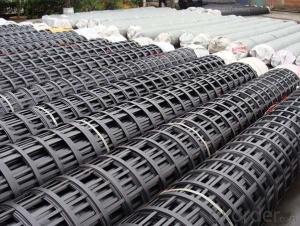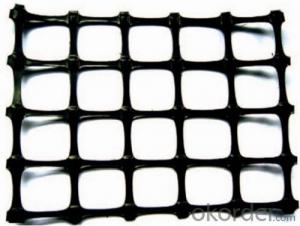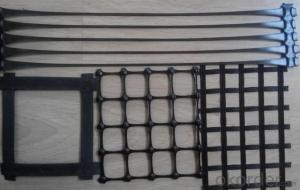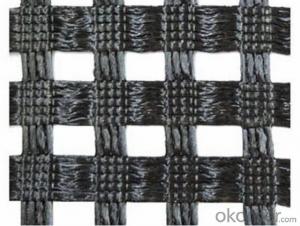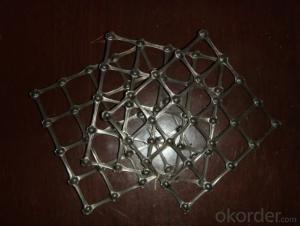Tenax Biaxial Geogrids - Polypropylene Biaxial Tension Plastic Geogrid for Road Construction
- Loading Port:
- Qingdao
- Payment Terms:
- TT OR LC
- Min Order Qty:
- 30000 m²
- Supply Capability:
- 1000000 m²/month
OKorder Service Pledge
OKorder Financial Service
You Might Also Like
Structure of Polypropylene Biaxial Tension Plastic Geogrid
Polypropylene Biaxial Tension Plastic Geogrid is used widely to increase the asphalt road surface, concrete road and roadbed (both soft and hard road surfaces). Compared with the traditional road surface, it reduces the cost, prolong the service life, and avoid the reflection road crackle.This product is also used to strengthen the soft land, such as railway, airport, irrigation work, and dyke, etc, and the roadbed
Main Features of the Polypropylene Biaxial Tension Plastic Geogrid
High quality asphalt coation
Light weight, high tensile, corrosion resistance
Road maintenance and reinforcement
Packaging & Delivery
| Packaging Details: | PP bags or PE film. Or Packed as customers' requests. |
| Delivery Detail: | 10-20days after the contract is effective |
Polypropylene Biaxial Tension Plastic Geogrid Images
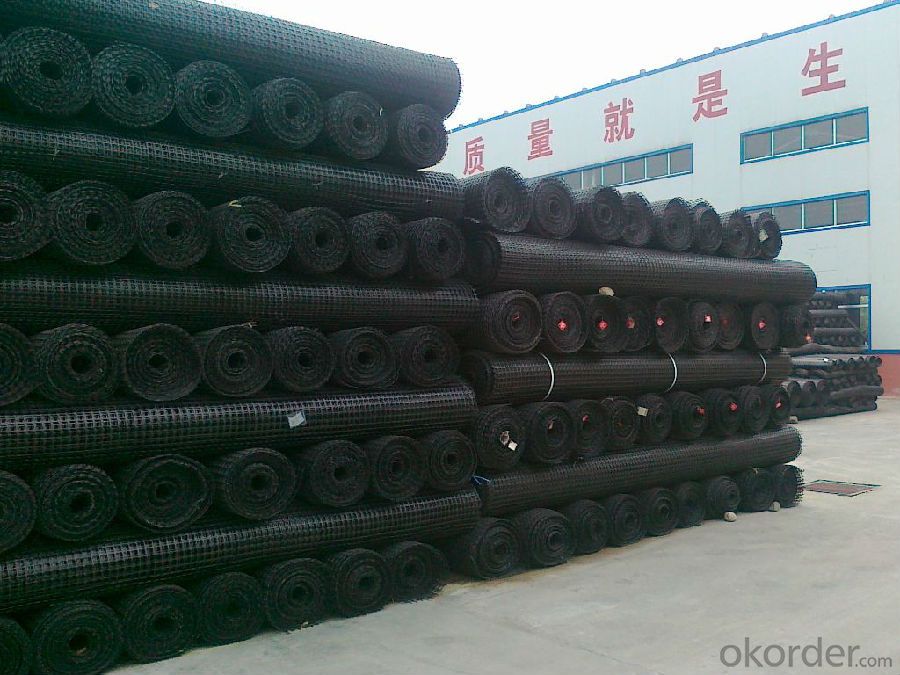

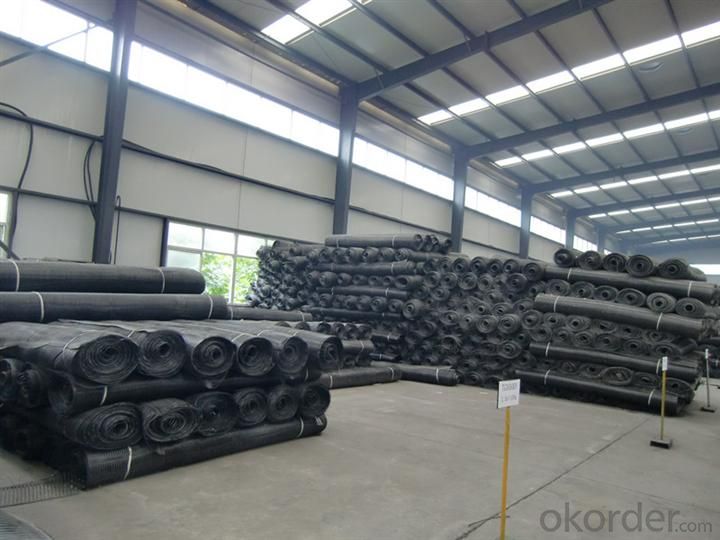
Polypropylene Biaxial Tension Plastic Geogrid Specification
Converting old cement concrete road into composite road.
Restraining reflection cracking caused by block shrinkage.
Preventing and controlling the cracking caused by new and old combination and uneven settlement.
Width:1 ~ 6m
Reinforcement of soft soil foundation and overall strength of roadbed
| Item | Tensile strength(KN/m) | Tensile strength at 2% elongation | Tensile strength at 5% elongation | Nomianal elongation | Products in the range of coal mine | ||
| TGSG15-15 | ≥15.0 | ≥5.0 | ≥7.0 | ≤15.0/13.0 | Fire out time from outer flam(s) | Surface resistivity | |
| TGSG20-20 | ≥20.0 | ≥7.0 | ≥14.0 | ≤3 | <1×109 | ||
| TGSG25-25 | ≥25.0 | ≥9.0 | ≥17.0 | ||||
| TGSG30-30 | ≥30.0 | ≥10.5 | ≥21.0 | ||||
| TGSG35-35 | ≥35.0 | ≥12.0 | ≥24.0 | ||||
| TGSG40-40 | ≥40.0 | ≥14.0 | ≥28.0 | ||||
| TGSG45-45 | ≥45.0 | ≥16.0 | ≥32.0 | ||||
| TGSG50-50 | ≥50.0 | ≥17.5 | ≥35.0 | ||||
FAQ
We have organized several common questions for our clients,may help you sincerely:
Q: How about your company?
A:Our company are one of the largest geosynthetic products supplier in the world.We have the products experience more than 20 years.Already export to USA/Germeny/Australia/Zambia/Brazil etc.more than 20 countries.Almost 10years.Our products including Geocell/Fiberglass Geogrid/Geomembrane/Geotextile/Geonet etc.
Q.Does your products have good qualitity?
A:Yes,we have do many big projects such as the 2008 Beijing Olympic BIRD NEST. Divert water from the south to the north project. And our products have CE certificate also.
Q:How long can we receive the products after purchase?
A:In the purchase of product within three working days, We will arrange the factory delivery as soon as possible. The pecific time of receiving is related to the state and position of customers.Commonly 15-20 working days can be delivery.
- Q: How do geogrids improve the performance of geogrid-reinforced earth walls?
- Geogrids improve the performance of geogrid-reinforced earth walls by providing reinforcement and stability to the soil. They distribute the loads applied to the wall more evenly, reducing the risk of wall failure and enhancing its overall strength. Additionally, geogrids increase the friction between soil particles, preventing soil movement and improving the wall's resistance to lateral pressures.
- Q: Is there a geogrid in the transition section of Railway
- The general design is a one-way or two-way Plastic Geogrid
- Q: What are the differences between geogrids and geopipes?
- Geogrids and geopipes are both types of geosynthetics used in various construction and civil engineering applications, but they serve different purposes. Geogrids are typically made of high-strength polymer materials and are used to reinforce soil and provide stability to the ground. They are commonly used in road construction, retaining walls, slopes, and embankments to distribute loads and prevent soil erosion. Geogrids are characterized by their open-grid structure, which allows for soil interlocking and improved load distribution. On the other hand, geopipes are flexible conduits made of plastic materials and are primarily used for drainage purposes. They are designed to collect and transport excess water or other fluids from the soil or structures. Geopipes can be perforated or solid, depending on the specific drainage requirements of the project. They are commonly used in applications such as subsurface drainage, landfills, and stormwater management systems. In summary, while both geogrids and geopipes are geosynthetics used in construction, geogrids are used for soil reinforcement and stability, while geopipes are used for drainage purposes.
- Q: Which is the most suitable for Highway Subgrade
- This depends on the Oh, you have no requirements on the design drawings, did not require the general steel plastic geogrid, plastic geogrid can be.
- Q: How do geogrids improve the performance of mechanically stabilized earth walls?
- Geogrids improve the performance of mechanically stabilized earth walls by providing reinforcement and enhancing the stability of the structure. They distribute the applied loads more evenly, reducing potential settling or differential movement. Geogrids also increase the tensile strength and shear resistance of the soil, preventing wall failure and improving overall durability.
- Q: How do geogrids enhance the performance of mechanically stabilized earth walls?
- Geogrids enhance the performance of mechanically stabilized earth walls by providing tensile strength, distributing loads, and preventing soil erosion. They act as a reinforcement material, increasing the wall's stability and allowing it to withstand higher loads and pressures. Additionally, geogrids help to minimize differential settlement and control lateral movement of the soil, resulting in improved overall performance and longevity of the earth wall.
- Q: What are the environmental benefits of using geogrids?
- Geogrids offer several environmental benefits, including improved soil stability and erosion control. By reinforcing soil structures, geogrids help prevent soil erosion and the loss of valuable topsoil, which is crucial for maintaining healthy ecosystems. Additionally, geogrids can be used in slope stabilization, reducing the risk of landslides and protecting nearby habitats. The use of geogrids also promotes sustainable construction practices by minimizing the need for excessive excavation and the use of additional materials, thus reducing the overall environmental impact of infrastructure projects.
- Q: Geogrid prices, the price of geogrid, geogrid latest offer
- Biaxially stretched plastic grid, uni directional plastic geogrid.
- Q: Can geogrids be used in wastewater treatment applications?
- Yes, geogrids can be used in wastewater treatment applications. They are commonly used to reinforce and stabilize soils in the construction of wastewater treatment plants, lagoons, and containment ponds. Geogrids offer excellent tensile strength, durability, and resistance to chemical degradation, making them suitable for these applications. They help to prevent soil erosion, maintain the stability of structures, and enhance the overall efficiency and effectiveness of wastewater treatment processes.
- Q: What are the typical properties and characteristics of geogrids?
- Geogrids are typically made of high-strength polymers or fiberglass materials and are used in civil engineering applications such as soil stabilization and reinforcement. They possess a high tensile strength, allowing them to distribute loads more effectively and improve the overall stability of the soil. Geogrids also exhibit excellent resistance against biological degradation, chemicals, and UV rays, ensuring their durability and long lifespan. They have a flexible and lightweight nature, making them easy to handle and install. Geogrids are known for their ability to improve soil confinement, prevent soil erosion, and enhance the performance of various construction projects.
Send your message to us
Tenax Biaxial Geogrids - Polypropylene Biaxial Tension Plastic Geogrid for Road Construction
- Loading Port:
- Qingdao
- Payment Terms:
- TT OR LC
- Min Order Qty:
- 30000 m²
- Supply Capability:
- 1000000 m²/month
OKorder Service Pledge
OKorder Financial Service
Similar products
Hot products
Hot Searches
Related keywords

